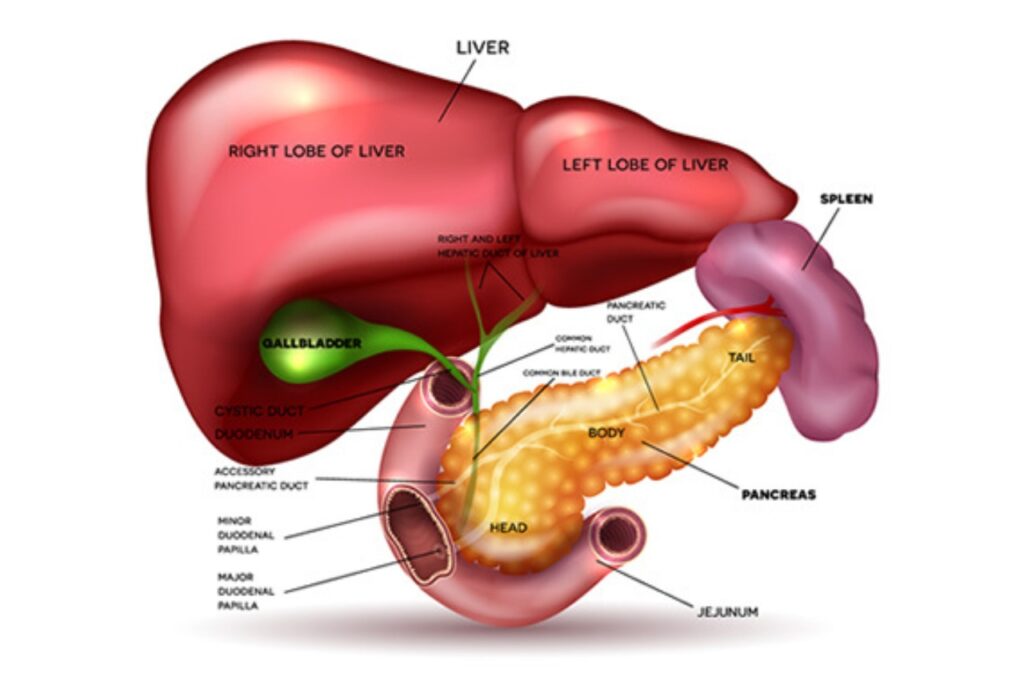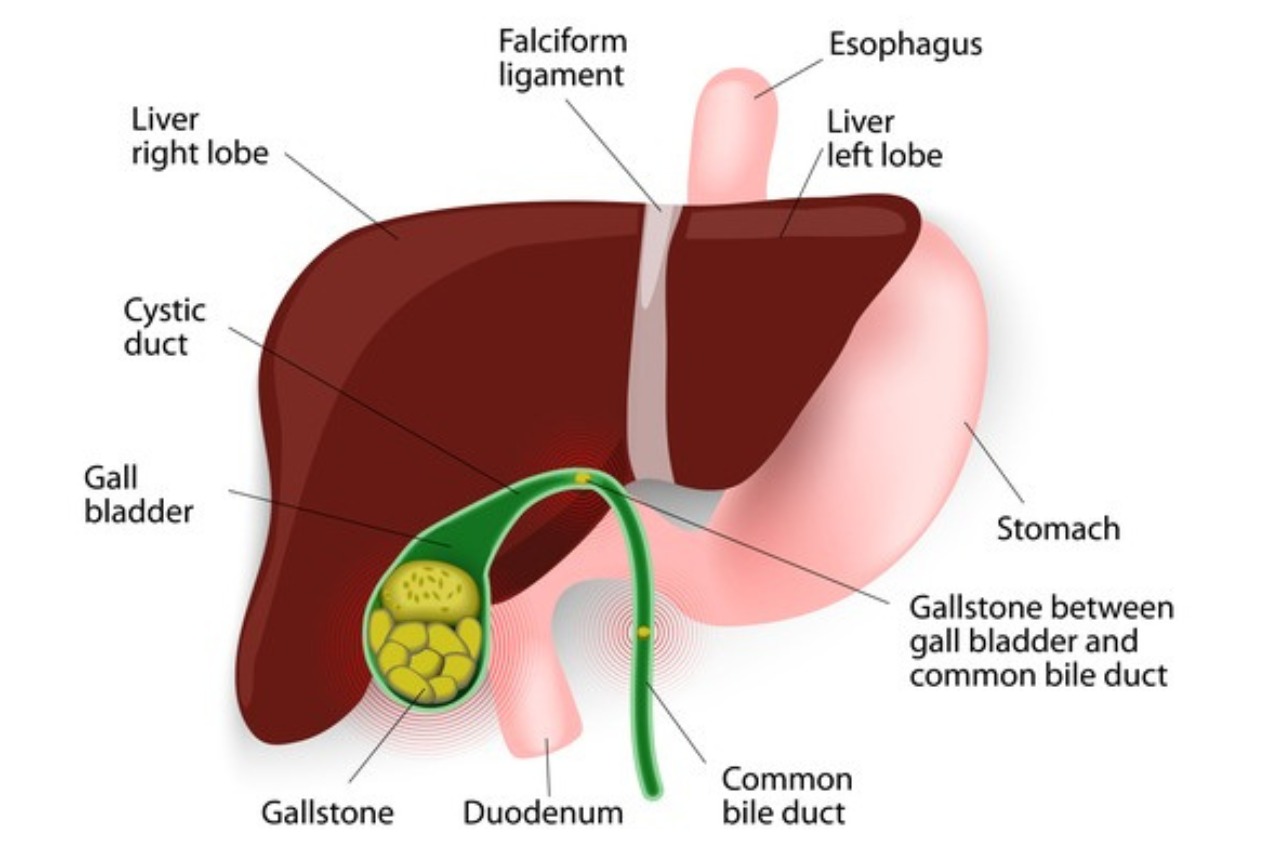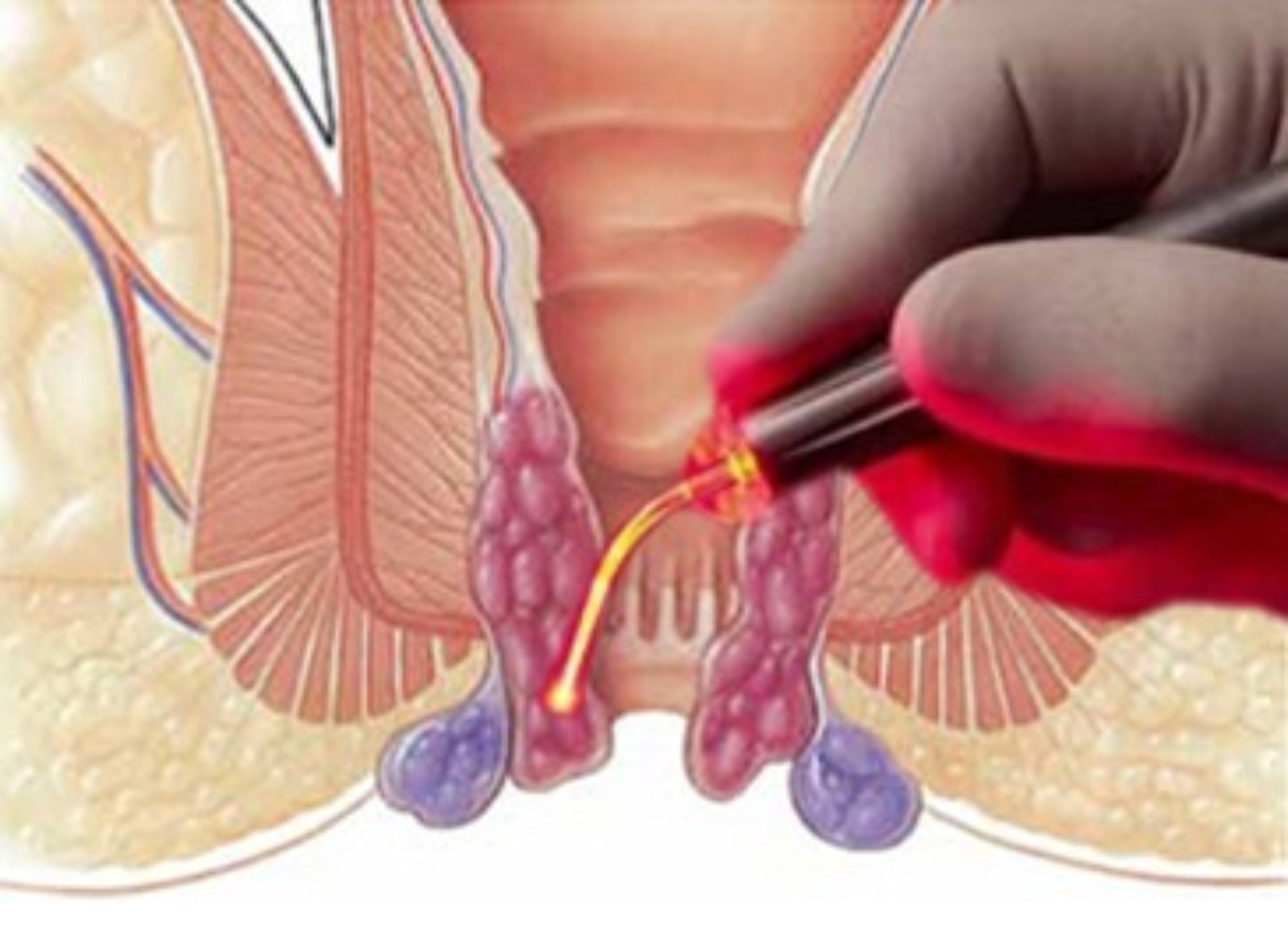Millions of individuals worldwide suffer from gallbladder stones, also referred to as gallstones, a common digestive ailment. Some suffer from excruciating pain and consequences that necessitate medical attention, while others show no symptoms at all. Gallbladder stone surgery is frequently the only practical course of action to alleviate symptoms and stop more problems. However, when is it required? Let’s examine gallbladder stone symptoms, dangers, and available treatments.
Understanding Gallbladder Stones
Beneath the liver is a little, pear-shaped organ called the gallbladder. By storing and releasing bile, a digestive fluid that aids in the breakdown of lipids, it plays a vital part in digestion. When bile components like cholesterol or bilirubin crystallize and solidify over time, gallbladder stones can result. These stones can range in size from the size of a golf ball to as small as a grain of sand.
Gallstones may not cause any problems for some people, but they can cause pain, nausea, and other digestive troubles for others. Gallstones can cause serious side effects like inflammation, infection, or even bile duct blockage if they are not treated.
Signs That You May Need Gallbladder Stone Surgery
Gallbladder Stone Surgery is not always the first line of treatment, but certain symptoms and complications indicate that surgery might be necessary.
Severe and Recurring Pain (Biliary Colic)
The strong, severe pain in the upper right abdomen known as biliary colic is one of the most typical signs of gallstones. The pain usually happens after eating fatty or greasy foods and can last anywhere from a few minutes to several hours. The gallbladder may need to be removed surgically if the pain becomes intolerable and frequent.
Inflammation of the Gallbladder (Cholecystitis)
Cholecystitis is the term for the inflammation that can occur in the gallbladder when gallstones obstruct the bile duct. Severe upper right abdominal discomfort, fever, chills, nausea, vomiting, and tenderness in the abdominal region are among the symptoms. Cholecystitis is a dangerous illness that frequently needs to be treated right away. To avoid more problems, doctors frequently advise gallbladder stone surgery.
Blockage of Bile Ducts
Gallstones can move and block the bile ducts, disrupting the normal flow of bile from the liver to the small intestine. This blockage can lead to jaundice, dark urine, pale stools, and intense abdominal pain. A blocked bile duct is a medical emergency, and Gallbladder Stone Surgery is often required to remove the obstruction and restore normal bile flow.

Pancreatitis Due to Gallstones
Gallstone pancreatitis can occur when gallstones move and obstruct the pancreatic duct. Severe pancreatic inflammation brought on by this illness causes fever, nausea, vomiting, and excruciating abdominal discomfort. Surgery to remove the gallbladder may be the best line of action because pancreatitis can be fatal.
Types of Gallbladder Stone Surgery
When surgery is necessary, there are two main types of procedures used to remove the gallbladder.
Laparoscopic Cholecystectomy (Minimally Invasive Surgery)
The most popular technique for removing a gallbladder is this one. The treatment involves making tiny incisions in the abdomen, delicately removing the gallbladder, and inserting a tiny camera called a laparoscope to guide the surgery. Compared to open surgery, laparoscopic surgery has a shorter recovery period, less pain, and less scars.
Open Cholecystectomy (Traditional Surgery)
An open cholecystectomy may be necessary in certain circumstances, particularly if there are consequences like significant infection or inflammation. In this operation, the physician makes a wider incision in the abdomen and removes the gallbladder directly. For serious gallbladder disorders, it is a safe and successful treatment, but the recovery period is longer than with laparoscopic surgery.
Risks and Recovery After Gallbladder Surgery
Gallbladder stone surgery has dangers, much like any other surgical procedure. These hazards include bleeding or blood clots, infection at the site of the incision, damage to the bile ducts or adjacent organs, and post-surgery digestive problems. Nonetheless, the majority of patients make a full recovery and resume their regular activities in a matter of weeks. Avoiding fatty meals and maintaining a balanced diet can help avoid intestinal discomfort after surgery.
Following a post-operative care plan after surgery is crucial. Typically, patients are counseled to refrain from strenuous exercise, maintain a healthy diet, and gradually resume their regular activities. Some people may have short-term digestive problems, like bloating or diarrhea, although these usually go away in a few weeks.
Conclusion
Gallbladder Stone Surgery is necessary when gallstones cause severe pain, block bile ducts, or lead to complications like inflammation or pancreatitis. While some people can manage gallstones with medication or lifestyle changes, others require surgical removal to prevent life-threatening conditions.
If you experience persistent abdominal pain, jaundice, or other symptoms related to gallstones, consult a doctor to discuss whether surgery is the right option for you. Early diagnosis and timely treatment can ensure a smooth recovery and improved digestive health. By understanding the symptoms and treatment options available, individuals can make informed decisions about their health and well-being.






